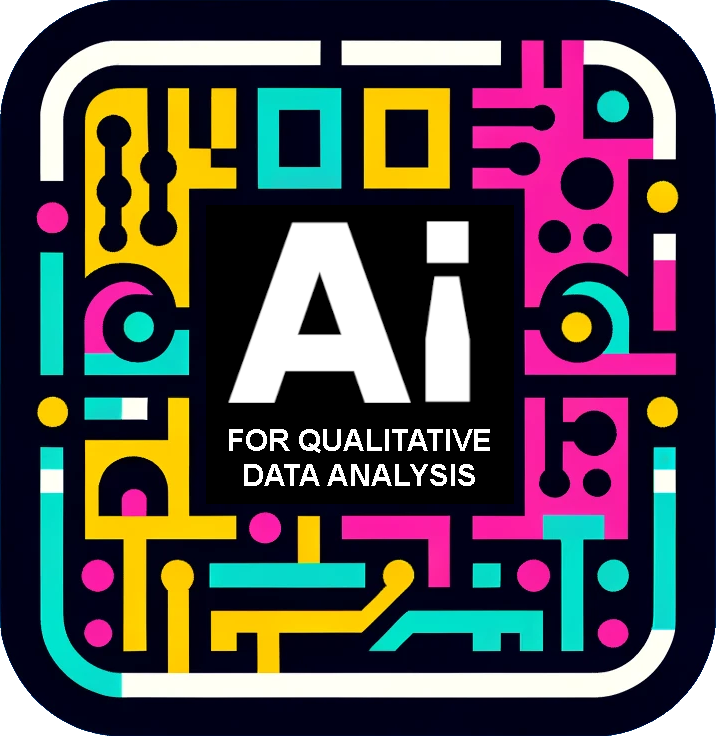6.3. Tools and more advanced techniques for qualitative data analysis with AI#
Warning
This page can be expanded with more commercial tools, more open source alternatives, more code repositories. Please help!
The “do it yourself” approach of using ChatGPT (i.e. chat based interface) for doing qualitative data analysis has great advantages especially when experimenting, brainstorming, planning which methods to use. However, the chat interface can start showing its limitations when the amount of data starts growing and when the copy-pasting to-and-from the ChatGPT window becomes inefficient.
6.3.1. Ready-made software solutions#
There are commercial and non-commercial tools available that can still use the same OpenAI GPT4 model, but instead of using the ChatGPT interface it uses the API endpoint provided by OpenAI or by its partner Microsoft Azure (see section on security for a picture and a more detailed explanation).
Atlas.ti – a very popular tool in qualitative research – has recently expanded its feature so that it has now an “OpenAI extension” that is able to perform what we did with the chat, but in a more automated fashion.
Note
Enrico has contacted Atlas.ti to check if Aalto campus license can be extended with the OpenAI tool, but so far no answers…
6.3.2. Coding! (as in programming languages)#
Many cutting-edge solutions for qualitative research with GenAI require the researcher to be familiar with coding. For those who want to explore these options here a great starting point by Aalto professor Perttu Hämäläinen: LLMCode
6.3.3. More advanced techniques#
Warning
Under construction. It can reuse content from the slides at https://zenodo.org/records/10890289
Here a paragraph on zero-shot learning, example, pros and cons.
Here a paragraph on Retrieval Augmented Generation (RAG) to “chat with your documents”
